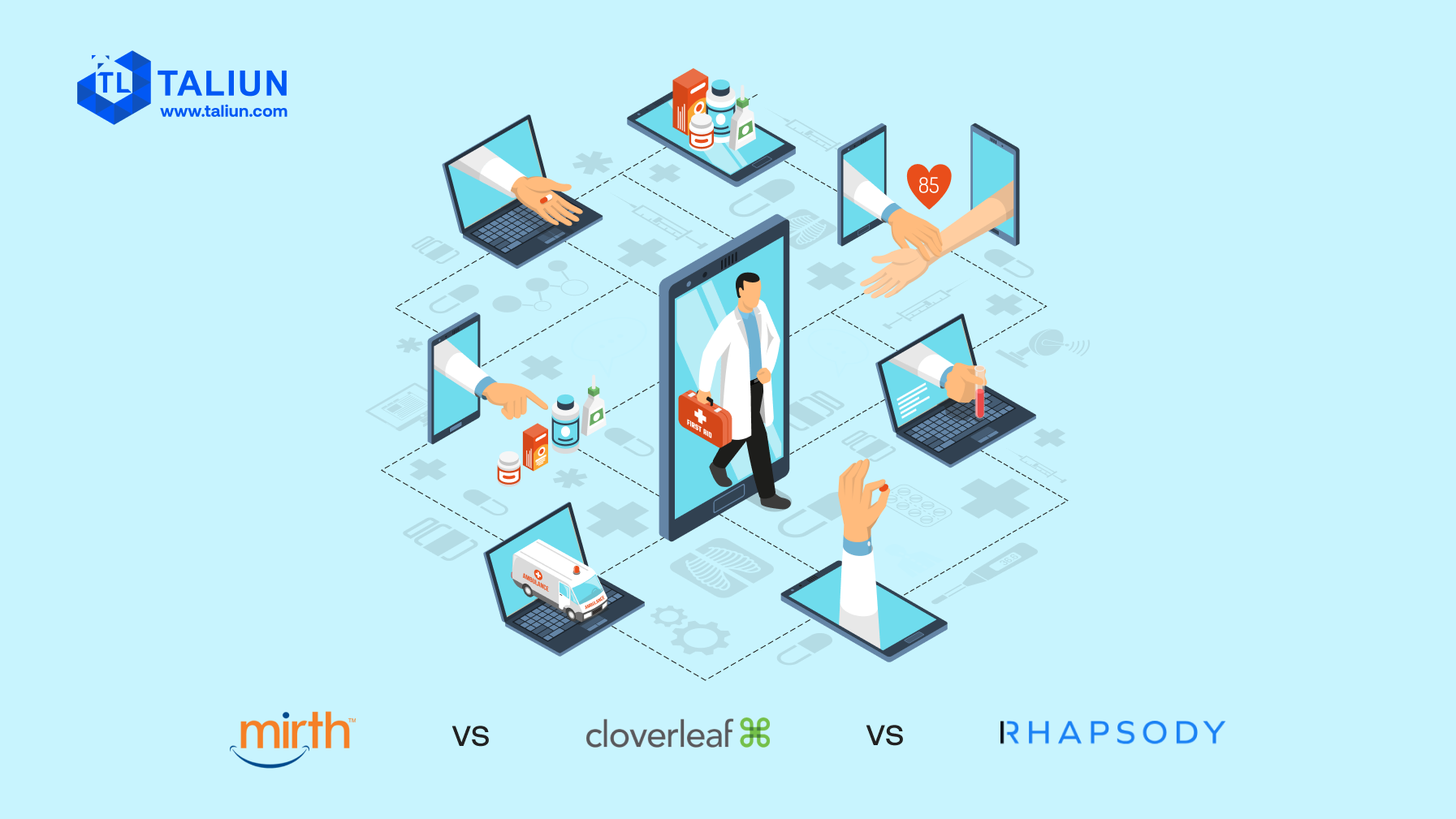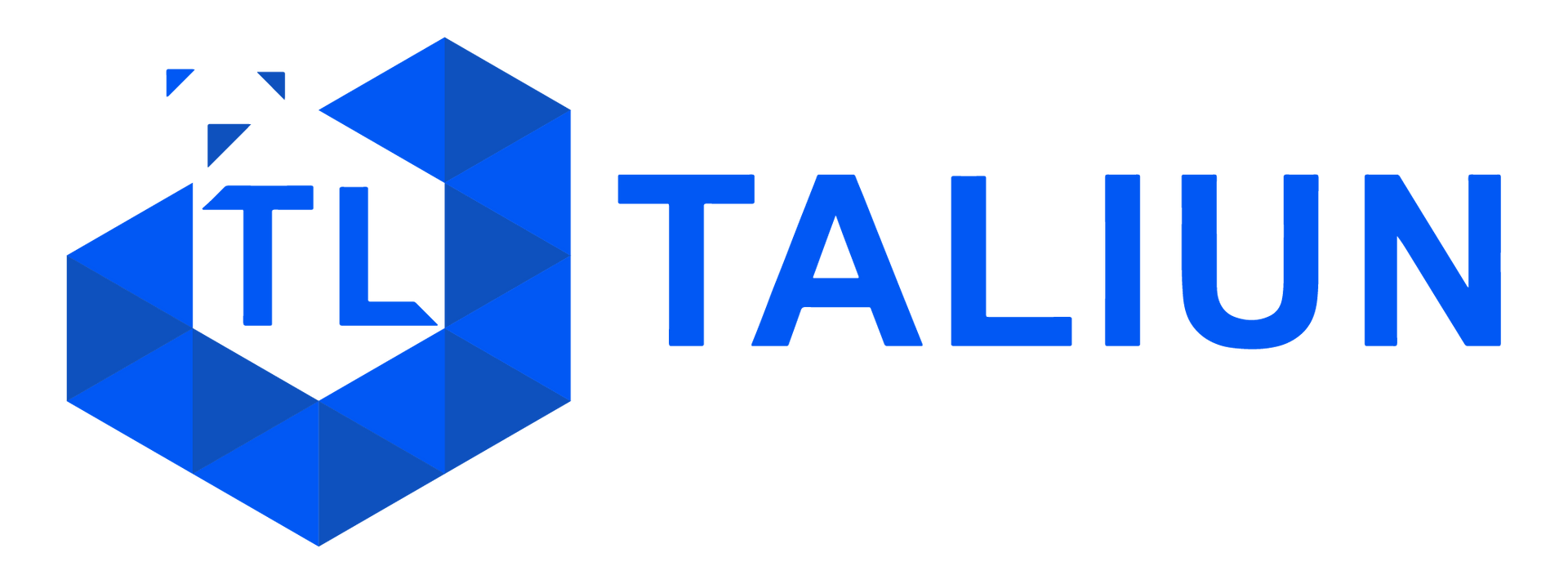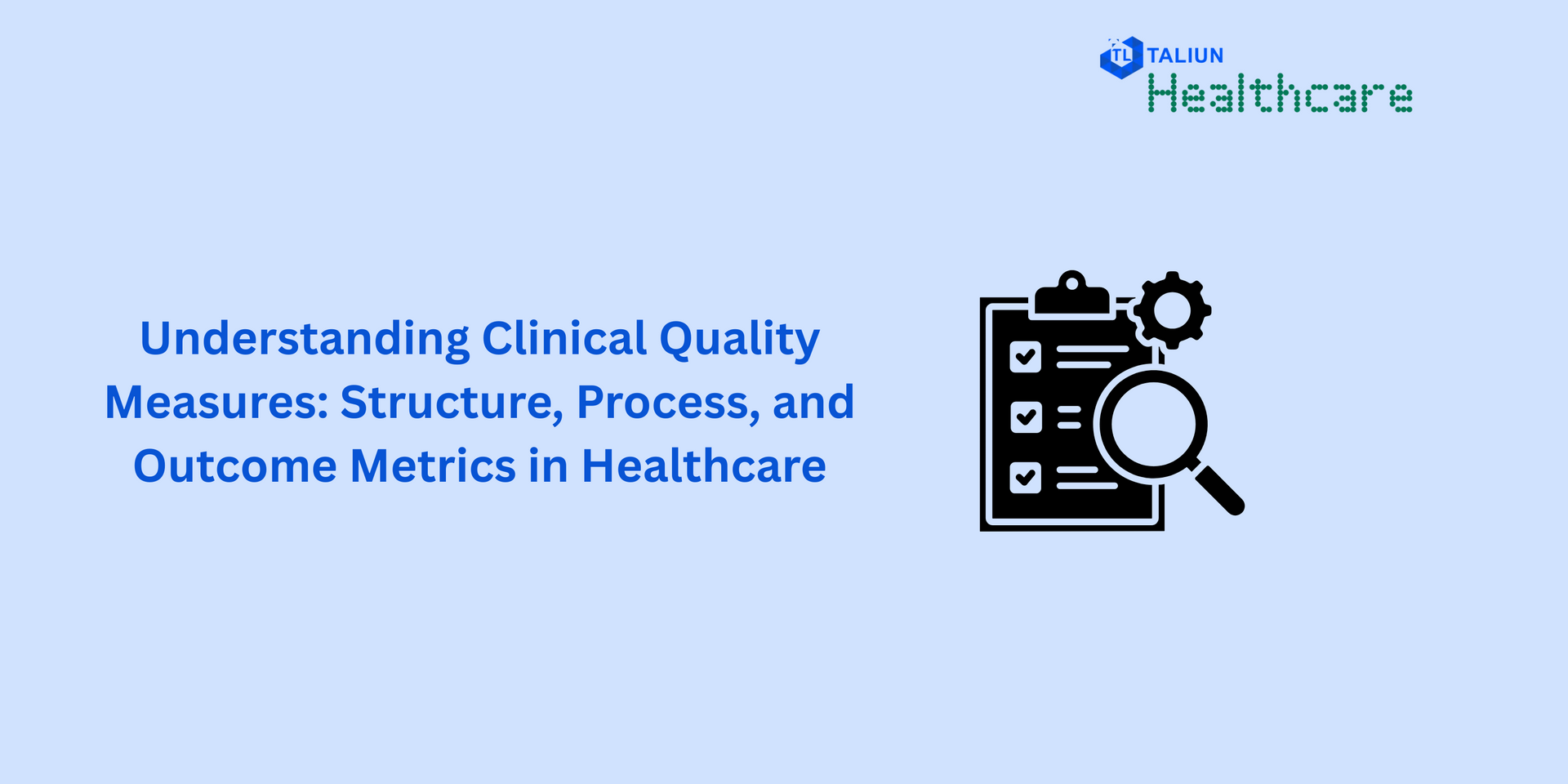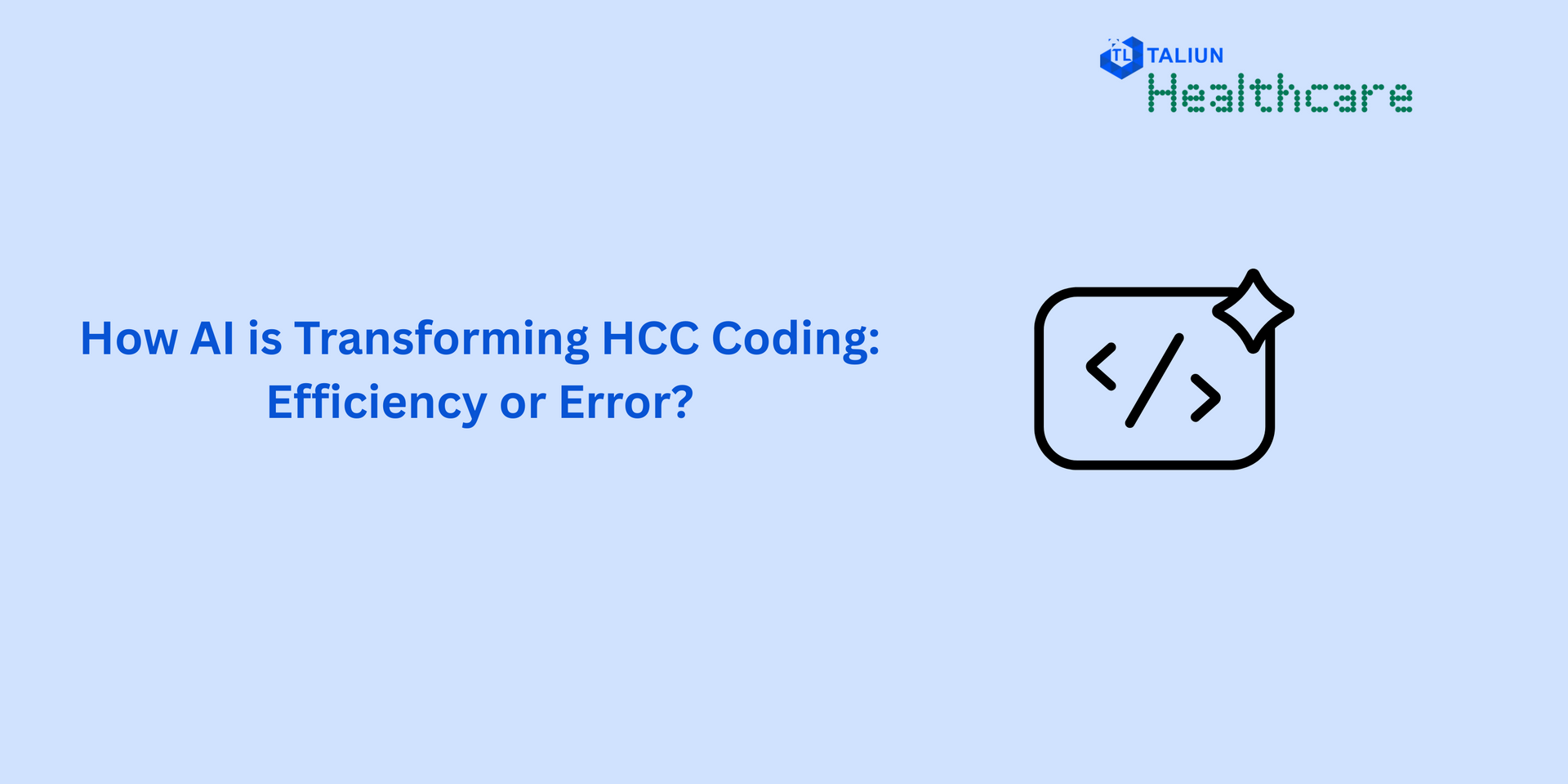Mirth vs Cloverleaf vs Rhapsody Integration: Choosing the Right Healthcare Integration Solution

In today's fast-paced healthcare environment, efficient data exchange and system integration are essential for providing high-quality patient care and streamlining administrative processes. Healthcare organizations often turn to integration solutions to achieve interoperability between disparate systems, improving communication and data sharing. Three popular integration solutions in the healthcare industry are Mirth, Cloverleaf, and Rhapsody. In this article, we'll explore these solutions, compare their features, and help you decide which one is best suited for your healthcare integration needs.
I. Understanding the Healthcare Integration Landscape
1.1 The Need for Healthcare Integration
In an era where Electronic Health Records (EHRs) and various healthcare applications have proliferated, the need for effective integration tools is evident. Efficient data exchange between systems such as EHRs, lab information systems, and billing software is crucial for delivering seamless patient care and optimizing operational efficiency.
1.2 The Role of Integration Solutions
Integration solutions act as the bridge between disparate healthcare systems, facilitating the flow of data across healthcare facilities, ensuring data security, and improving decision-making through comprehensive data analysis. Among the leading healthcare integration solutions are Mirth, Cloverleaf, and Rhapsody.
II. Mirth Integration Engine
2.1 Overview
Mirth is an open-source integration engine that gained popularity for its user-friendly interface and cost-effectiveness. It supports multiple data formats, including HL7, XML, and JSON, making it a versatile option for healthcare organizations.
2.2 Key Features
Open-Source: Mirth is open-source software, meaning it's free to use. This cost-effectiveness can be a significant advantage for smaller healthcare organizations with limited budgets.
User-Friendly Interface: Mirth's intuitive interface makes it easy for healthcare professionals to set up and manage integration workflows.
Support for Multiple Data Formats: Mirth supports various data formats, ensuring compatibility with different healthcare systems and applications.
Robust Monitoring and Logging: It offers extensive monitoring and logging capabilities to track data flow and troubleshoot any issues.
Community Support: The Mirth community provides a valuable resource for troubleshooting and sharing best practices.
III. Cloverleaf Integration
3.1 Overview
Cloverleaf, developed by Infor, is a comprehensive integration platform widely used in healthcare. It offers a range of features that cater to the specific needs of healthcare organizations.
3.2 Key Features
Robust Connectivity: Cloverleaf provides extensive connectivity options, enabling seamless integration with various healthcare systems, from EHRs to billing and claims processing systems.
Data Transformation and Routing: It offers advanced data transformation capabilities, allowing data to be converted into different formats and routing it to the appropriate destinations.
Security and Compliance: Cloverleaf places a strong emphasis on data security and compliance with healthcare regulations, ensuring patient data remains protected.
Scalability: As healthcare organizations grow, Cloverleaf can easily scale to accommodate increased data flow and integration needs.
Vendor Support: Infor offers dedicated support for Cloverleaf users, ensuring assistance is readily available.
IV. Rhapsody Integration Engine
4.1 Overview
Rhapsody Integration Engine, developed by Orion Health, is a widely recognized integration solution in the healthcare industry. It is known for its powerful capabilities and flexibility.
4.2 Key Features
Powerful Transformation: Rhapsody offers advanced data transformation capabilities, making it a versatile choice for complex integration scenarios.
Flexible Routing: It supports flexible routing options to ensure that data is directed accurately and efficiently.
Interoperability: Rhapsody prioritizes interoperability and seamless data exchange, aligning with modern healthcare standards.
Scalability: It can handle large volumes of data, making it suitable for both small clinics and large healthcare networks.
Audit and Monitoring: Rhapsody includes robust audit and monitoring features to track data flow and system performance.
V. Comparative Analysis
5.1 Cost
- Mirth is the most cost-effective option as an open-source solution.
- Cloverleaf and Rhapsody are commercial solutions, with pricing varying based on the organization's specific needs and size.
5.2 User-Friendliness
- Mirth is known for its user-friendly interface, making it a good choice for those with limited integration experience.
- Cloverleaf and Rhapsody offer user-friendly interfaces but may require more healthcare-specific knowledge to utilize effectively.
- Rhapsody provides a powerful but potentially more complex interface, better suited for experienced integration professionals.
5.3 Connectivity and Scalability
- Cloverleaf and Rhapsody offer extensive connectivity options and scalability, making them suitable for a wide range of healthcare settings.
- Rhapsody is highly scalable, but its focus on complexity may make it a better fit for larger, more complex healthcare environments.
5.4 Compliance and Security
- All four solutions place an emphasis on compliance and security, essential in the healthcare sector.
Conclusion: The choice between Mirth, Cloverleaf, and Rhapsody integration solutions ultimately depends on your healthcare organization's specific needs, budget, and the level of expertise available for implementation. Mirth, with its cost-effectiveness and user-friendly interface, may be the ideal choice for smaller healthcare facilities with limited budgets. On the other hand, Cloverleaf and Rhapsody offer strong user-friendliness and scalability, making them suitable for a broad range of healthcare settings. Rhapsody, with its powerful capabilities, is best suited for larger healthcare networks with complex integration needs.
Before making a decision, it's crucial to conduct a thorough assessment of your organization's requirements, consult with IT and integration professionals, and, if necessary, seek advice from the vendor or healthcare IT experts. Ultimately, selecting the right integration solution will enhance your organization's ability to exchange data seamlessly, improve patient care, and streamline operations, ensuring your healthcare facility remains at the forefront of modern healthcare integration.
Know more about services:
Mirth Integration:
Taliun.com/mirth-consulting
Cloverleaf Integration: Taliun.com/cloverleaf-integration
Rhapsody Integration: Taliun.com/rhapsody-integration




